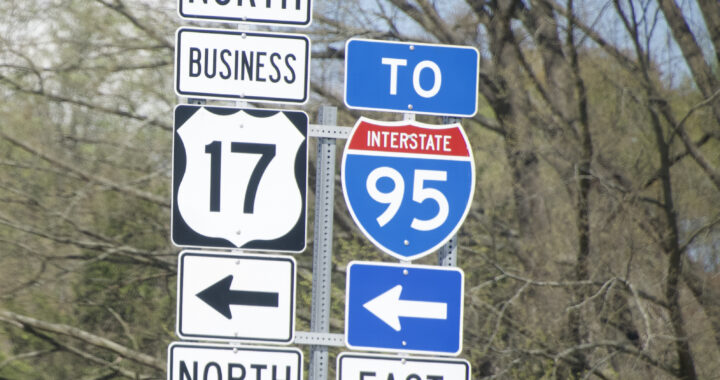Is the response to inclement weather in Virginia in need of reform?
3 min readBy COLEMAN HOPKINS
Is it time for Virginia to rethink its department of emergency management? In the past month, portions of the Commonwealth, from Williamsburg to northern counties like Loudon and Fairfax, dealt with ice, snow and unusable roads.
Unfortunately, Virginia does not react to the snow effectively enough. For example, the University of Mary Washington canceled classes on the morning of Jan. 27 in response to cold rain.
I believe that it is past time for Virginia to revamp its procedures and policies on dealing with inclement weather to fit the realities of the type of weather that we face most winters.
Back in early January, the Fairfax County Public School board avoided calling a snow day or even a delay after a night of ice and rain, leading to serious accidents and a social media push back by students. The backlash, in turn, intimidated the school board, who went on to allow cold temperatures and a minimal amount of snow delay school multiple times thereafter.
Is it a good precedent to set that when a state cannot have the roads in good enough shape for use that the school board bow to student pressure on opening or closing schools after fumbling their decision one time?
There are also some issues with the proper response of simply closing school due to the inability to clear the roads because, while it may be fun to miss some class from time to time, there are some serious issues associated with a consistently unprepared response to weather problems.
For non-students, the prospects of unusable roads is not a day of fun, but rather a day of not getting to work, which in this economy is not something that people want to play around with. Thousands of people, from government workers to professors to truckers, depend on roads like Route 7, I-95 and Chain Bridge Road to go to and from work, yet these roads are consistently the least prepared to deal with bad weather. Specifically, I-95’s poor conditions led to this school’s delay last month.
Regardless of your position on the climate change debate, it is apparent that Virginia’s winter weather has become increasingly hazardous over the past five years.
Back in 2012, school was canceled over rain, and even further back during the winters of 2010 and 2011, piles of snow led to multiple days of people being shut into their home. Some may say that these were unprecedented conditions, and they would not be wrong in saying that, but how is it then that states we match up with do not have similar issues?
Marketwatch.com put together an interesting and highly informative map of how much snow is required to close schools in different areas of the U.S. Some of the states that I compared Virginia to, like New York and Pennsylvania, require between six and twelve inches to close schools and to presumably rule the roads unsafe. By contrast, we Virginians require between one and three inches on average.
New York or Pennsylvania are also wealthy and largely well-run. In these states, schools do not close for a few inches of snow, and their roads are typically well-prepared for snow and ice.
If the Virginia Department of Emergency Management was properly prepared for action, would the roads still be in bad enough shape that drivers would struggle using them?
When you consider that Virginia has one of the most prosperous economies within our country that also historically has been one of the most fiscally conservative, our lack of an effective weather response seems outrageous. I do not think it is unreasonable to assume that there are not some funds somewhere that couldn’t be appropriated to adjusting and or expanding the Department of Emergency Management.
If Virginia is going to continue to serve as a model for what a state aspires to be with its excellent schools, prosperous markets, well-run government and diversified population, then it is high time that we took the steps necessary to fix issues in our infrastructure and in our government agencies to adapt to our weather conditions because once there is a trending hashtag that mocks our government’s response to snowy weather, something we encounter every single year around the same time, that is a sign that things are getting ridiculous.











